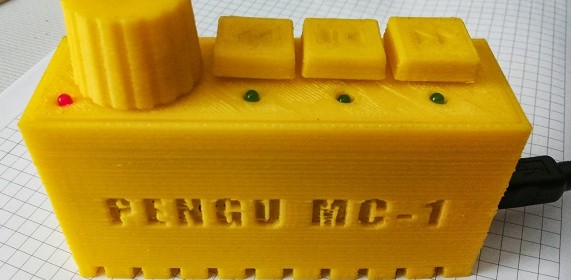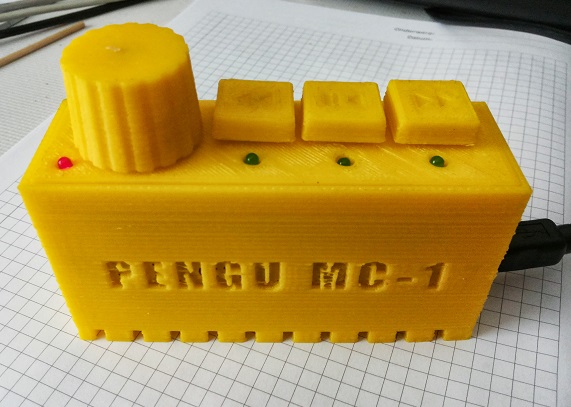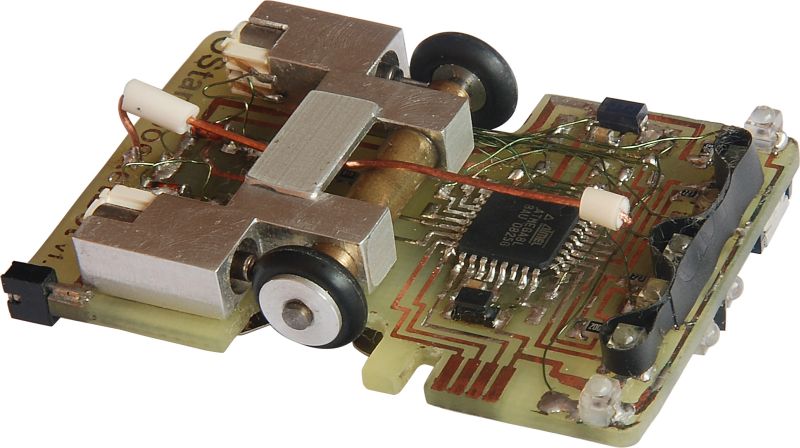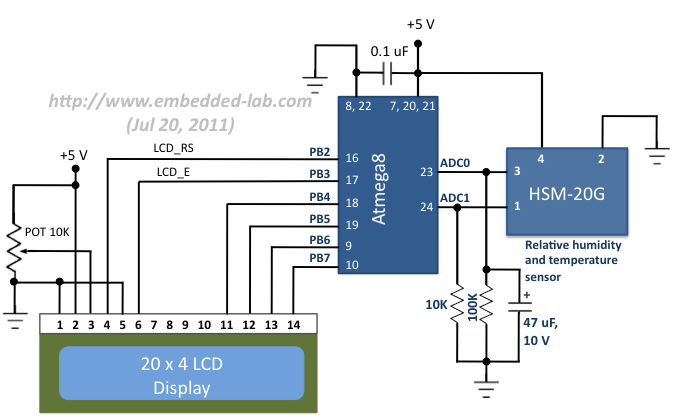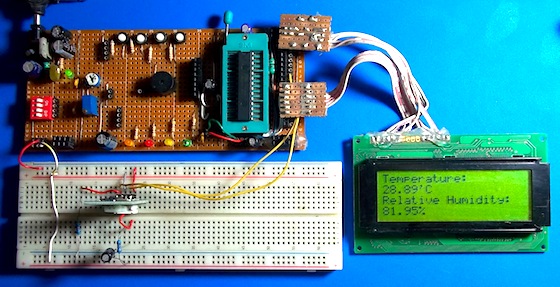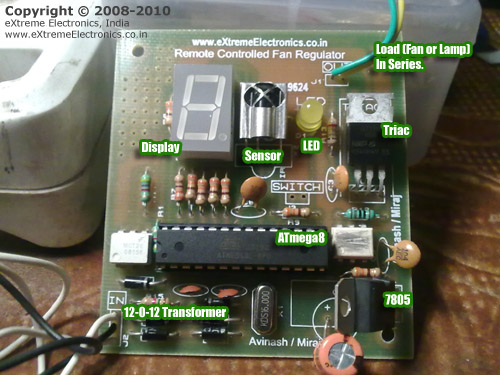Measurement of light intensity is a prime necessity in several occasions. The diversity of such needs make their way to various branches of physics and engineering as well as in media. For instance, in engineering, such kinds of measurements are needed to design optimum lighting conditions of a room. In photography, light intensity measurements ensure good quality pictures by determining the right exposure. Wiring a phototransistor or a light-dependent-resistor (LDR) with an analogue LED voltmeter chip like the LM3914 or even to a microcontroller and displaying the ADC values is a pretty simple technique of measuring light intensity. The bad part of this technique is that these simple and amateur-level devices can only measure relative intensity of light and are unable to provide measurements on an absolute scale. However, with a precise knowledge of the transfer characteristic (resistance vs light intensity) of the LDR it is possible to relate the LDR output to the intensity of light in standard unit. In case the LDR characteristic is unknown or unreliable, you can still calibrate the sensor output by using a variable light source and an external reference photometer. This project is about a microcontroller based light intensity meter where an LDR light sensor is calibrated against an external photometer to obtain the intensity of incoming light in the unit of lux. The lux is the SI unit of illuminance and luminous emittance, and measures lumens per square meter (lm/m2). The microcontroller used in this project is ATMega8L and its firmware is written using mikroElektronika’s MikroC Pro for AVR compiler.

AVR based LUX meter
Read more
